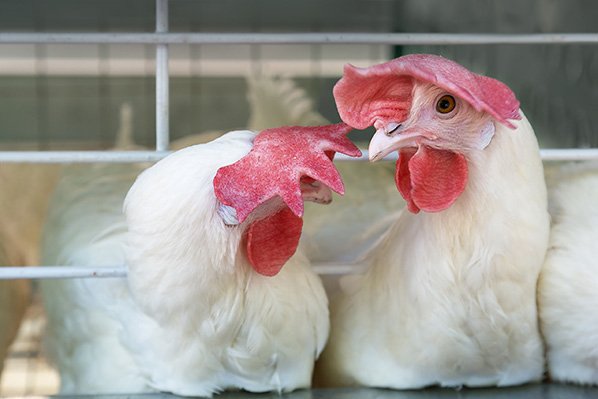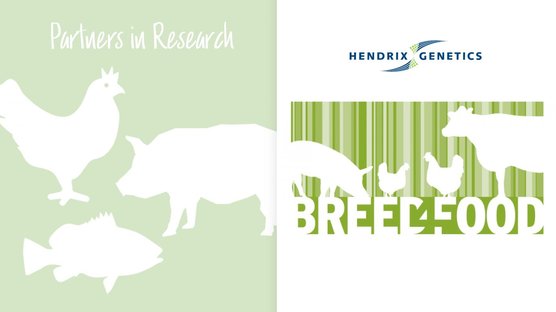
Published on Jan. 8, 2021
News from Brazil: scientific study after different Marek's disease vaccination programs
Marek's disease is an important neoplastic disease in birds caused by a serotype 1 specific herpesvirus; it is controlled by vaccination. In commercial breeders and layers in Brazil, current vaccination programs use the combination of attenuated or non-pathogenic strains of the HVT virus (turkey herpesvirus - serotype 3) and CVI 988 (Rispens - serotype 1). The combination of serotype 3 and 1 it has been an important and effective control strategy through the vaccination of long-lived birds. In addition, more recently the recombinant rHVT strain (vectorized vaccines) has been used in some vaccine programs.
This study's main objective was to compare CVI and HVT components’ replication in feather tips in three different Marek's disease (MD) immunoprophylactic programs (T01 – program A, T02 – program B and T03 – program C). Quantification of these two vaccine strains was performed by real-time PCR in samples collected at the ages of 14, 21, and 28 days. At 14 days, mean of log[cvi] in program B was significantly higher than C (p<0.05). At 21 and 28 days, mean of log[cvi] of program C was significantly lower than A and B (p<0.05). For mean of log[hvt], at 28 days, program B was significantly higher than A (p<0.05). For proportion of positives, at 14 days, program B had 2.7 times more risk to be positive in CVI than program C (p<0.001). At 21 days, program B had 1.7 times more risk to be positive in CVI than program C (p=0.005). For HVT, at 28 days, program B had 3.2 times more risk to be positive than
program A (p=0,009). Results showed significant differences between the treatments evaluated. In general the conventional combination Marek’s vaccine containing CVI+HVT (program B) showed higher replication rate and percentage of vaccine coverage than the programs with rHVT vector vaccines (program A and C).
The results shown in this study highlight significant differences between the treatments evaluated. In general, the conventional Marek’s vaccine combining CVI and HVT components showed higher replication rate and percentage of vaccine coverage than programs with rHVT vector vaccines. These differences should be considered when poultry producers develop their strategy to control Marek's disease and establish a vaccination program. In addition, the results showed that the associated use of IBD-immune complex vaccines does not impair replication of CVI and HVT components in Marek’s vaccines.
Birds and experimental design
A total of 300 day-old female birds, Hisex White breed (provided by Hendrix Genetics) were housed in 3 identical cages in the poultry house at the experimental farm Professor Hélio Barbosa, part of the Federal University of Minas Gerais (UFMG). Pre-housing disinfection procedures were performed to prevent the spread of any infectious or vaccine agents to the trial birds. The birds were raised on wood shaving litter, with tubular feeders, bell-type hanging drinkers, and heat lamps. The birds were provided with mash feed ad libitum throughout the trial following Hendrix Genetics’ recommendations. The animals were divided into three groups that contained 100 birds each according to the vaccination programs usually adopted against IBD and Marek´s disease. This protocol was submitted to the Committee on Ethics in the Use of Animals (CEUA) in accordance with standards issued by the National Council on Animal Experimentation (CONCEA). It was approved and registered under # 009/20.



